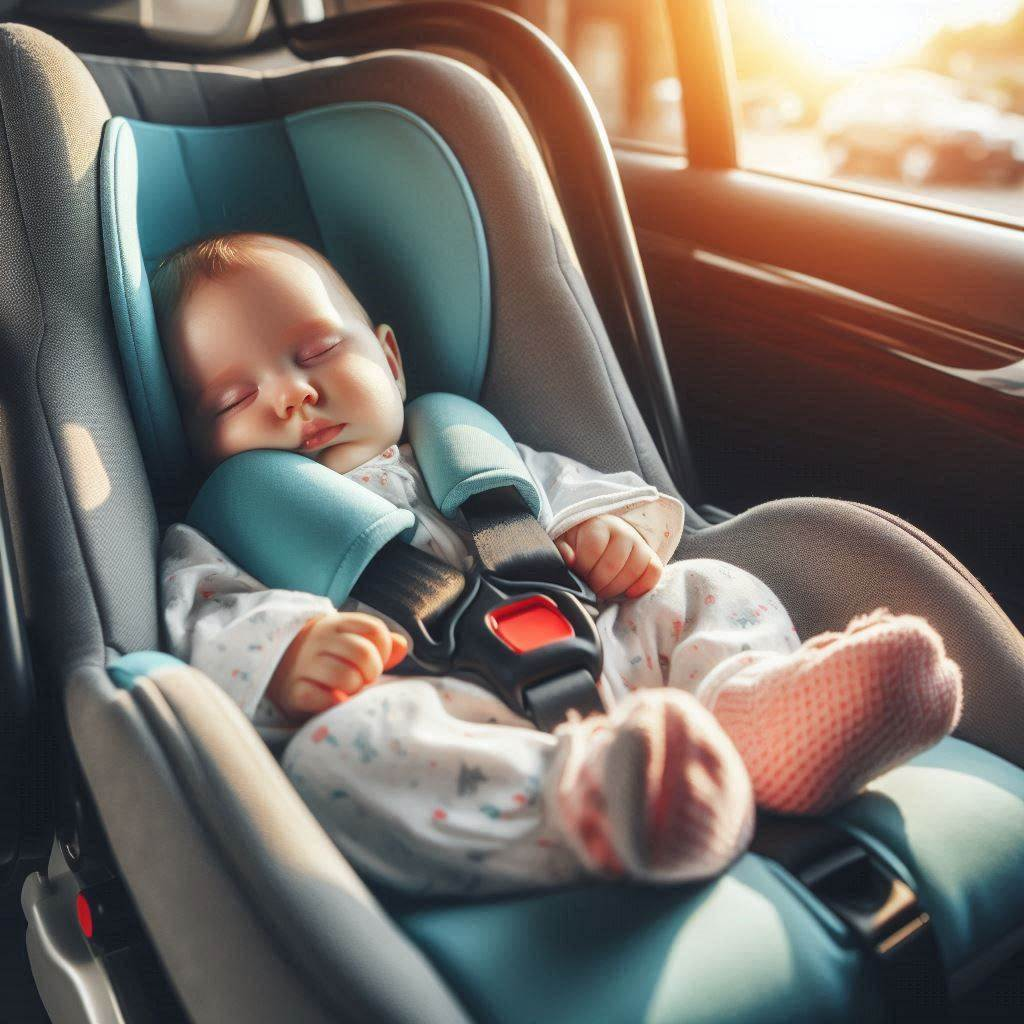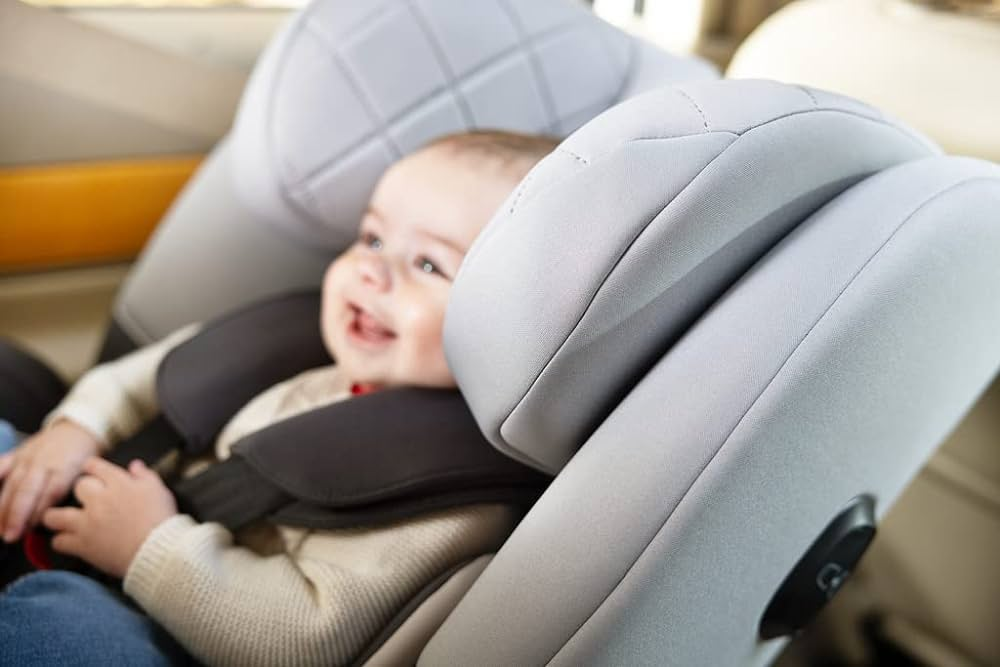
Choosing the right car seat for your child is crucial for their safety and comfort during travel. For the past few years, car seats are categorized under regulations known as R44 and R129 (i-Size). These regulations dictate different standards and features, each aimed at providing optimal protection for children based on their age, size, and weight. Here’s a closer look at the differences between R44 and R129 car seats to help you make an informed decision:
R44 Regulations

Click here for product preview: Quinton One Spin+ 360
Click here to review product: Quinton One Spin+ 360 Review by TOYSPARK Malaysia
The R44 standard has been in place for many years and categorizes car seats based on weight:
- Group 0/0+: Rear-facing seats suitable for infants up to approximately 13 kg (from birth to around 15 months).
- Group 1: Forward-facing seats for children weighing between 9 kg and 18 kg (approximately 9 months to 4 years).
- Group 2/3: Booster seats for children weighing between 15 kg and 36 kg (approximately 4 years to 12 years).
Key Features of R44 Car Seats:

- Weight-Based Categories: Seats are classified by weight rather than height.
- Forward-Facing Transition: Group 1 seats are forward-facing, transitioning children from rear-facing to forward-facing earlier than R129 seats.
- Not Universal: Not all R44 seats fit all cars; compatibility can vary based on vehicle and seat design.
- Harness and Belt System: Uses traditional harness and seat belt systems for securing the child.
R129 (i-Size) Regulations

Click here for product preview: Koopers Armour Lite 360
Click here to review product: Koopers Armour Lite 360 Review by TOYSPARK Malaysia
Introduced more recently, R129 (i-Size) is a new European safety standard aimed at improving protection and usability:
- Height-Based Criteria: Seats are categorized based on the child’s height rather than weight, focusing on rear-facing options for longer periods.
- Extended Rear-Facing: Encourages rear-facing travel up to at least 15 months, ideally up to 4 years old.
- Improved Side Impact Protection: Enhanced standards for side impact protection and crash testing.
- Universal Compatibility: Designed to fit all i-Size certified vehicles, promoting easier installation and reduced misuse.
Key Features of R129 (i-Size) Car Seats:

- Height-Based Categories: Allows for a more accurate fit based on the child’s height, promoting safer and more comfortable travel.
- Extended Rear-Facing: Supports rear-facing travel for a longer duration, which is proven to be safer for young children.
- Enhanced Safety Standards: Focuses on side impact protection and crash testing improvements beyond R44 standards.
- ISOFIX Installation: Mandatory ISOFIX installation in i-Size cars for increased stability and ease of installation.
Choosing the Right Car Seat

When deciding between R44 and R129 car seats, consider the following:
- Age and Size: R129 seats may offer better long-term use due to height-based criteria and extended rear-facing options.
- Safety Standards: R129 seats typically meet stricter safety standards, especially in terms of side impact protection.
- Vehicle Compatibility: Check if your vehicle is i-Size certified for easier installation of R129 seats.
- Budget and Preferences: Consider your budget and preferences regarding rear-facing duration and ease of use.
In conclusion, while R44 car seats have served well for many years, R129 (i-Size) car seats represent a significant advancement in safety standards and usability. They prioritize extended rear-facing and improved side impact protection, offering parents more peace of mind during their child’s travels. Always ensure to choose a car seat that fits your child’s current needs and complies with local safety regulations for optimal protection on the road.




